Culture
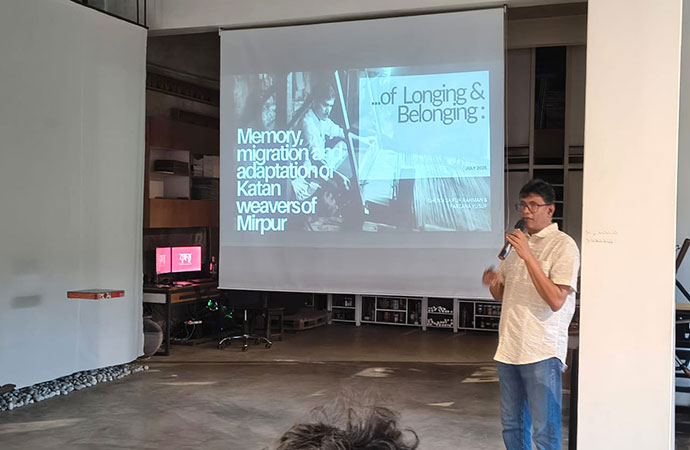
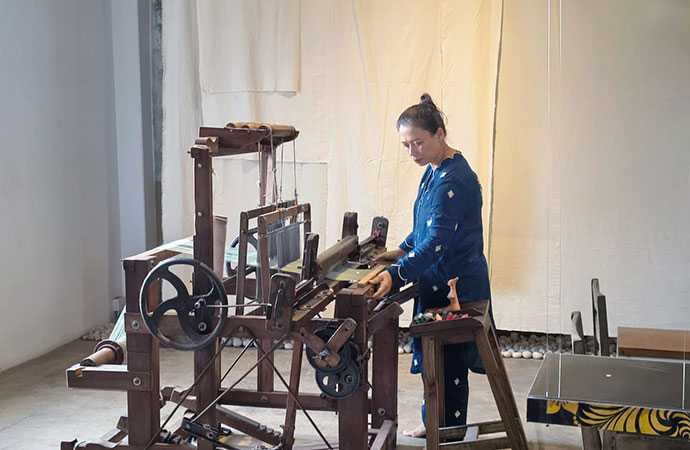
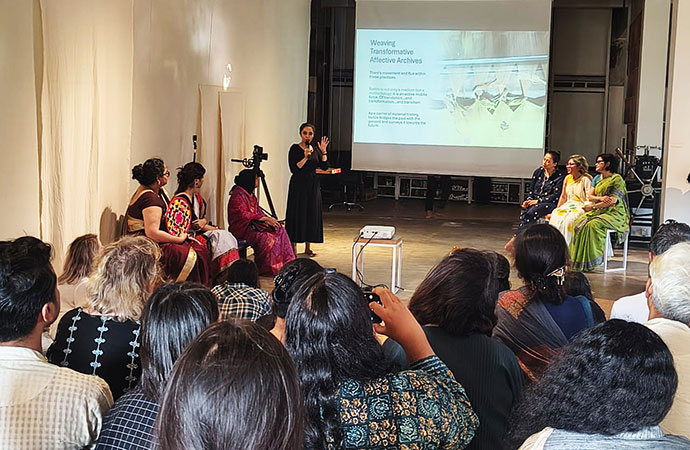
Brihatta Art Foundation launches six-month programme exploring collaborative creativity
In a compelling initiative that seeks to bridge art, craft, and the stories in between, Brihatta Art Foundation in Dhaka's Hazaribagh officially launched its latest project, 'Punoray (Renewal), with a set of engaging public talks on Friday, July 18. The six-month-long programme will unfold between July and December, weaving together residencies, workshops, art tours, and community dialogues-all centred around the philosophy that art is not simply made, but shaped.
Co-founded by renowned artist and art educator Bishwajit Goswami, Brihatta has long championed artistic practice as a process of transmission-of skills, memory, and identity. With 'Punoray, the Foundation embarks on a new journey, bringing together artists, architects, researchers, and artisans in a collaborative environment. Through shared labour and open-ended dialogue, the programme aims to reflect on how ideas and materials are formed, reshaped, and reimagined across generations and geographies.
"Art is not making; it's shaping," noted Bishwajit Goswami, who also serves as the initiator of the 'Punoray programme. "It's about perceiving slowly, attuning oneself to essence. Weaving, for instance, is a process that is meditative, layered, and filled with care-it teaches us how tradition can evolve without losing its soul."
Textiles carry Memory
The inaugural session of 'Punoray featured two insightful talks by cultural scholar Kashfia Arif and heritage textile advocate SK Saifur Rahman. The session, hosted by Brihatta co-founder Nusrat Mahmud, set the tone for what promises to be a deep, reflective exploration of artistic transmission and transformation.
In her presentation, Kashfia Arif-currently pursuing a PhD in Theory and Criticism at Western University in Canada-focused on textiles as a living medium, one that moves across time and space, bearing stories, identities, and forms of resistance. Through the works of Bangladeshi artists Tasleema Alam, Najmun Nahar Keya, and Yasmin Jahan Nupur, Arif explored how textile becomes not merely a material, but a method.
"None of these three artists are traditionally textile artists," Kashfia Arif explained to Dhaka Courier. "Yet each of them used the language and rhythm of textile to articulate narratives of care, devotion, and memory. Their works reflect slow, deliberate processes-almost meditative-and embody a methodology that allows the past and present to meet through fabric."
Tasleema Alam's Islamic geometric art, Keya's multidisciplinary practice, and Nupur's performance-based approach all intersected through the textile medium in Arif's presentation. Her curatorial narrative examined how these women artists used fabric not just as a canvas, but as a medium for conversation.
Migration and Memory
In contrast, journalist and craft expert SK Saifur Rahman turned the lens toward one of Bangladesh's most iconic yet endangered textile traditions: Mirpur Katan, rooted in the Banarasi weaving heritage. Drawing from his decades of engagement with heritage preservation and sustainable fashion, Rahman delved into the nuanced history of migration, displacement, and adaptation that reshaped this once-thriving craft.
"The Benarasi tradition came to Mirpur through waves of migration, but today the artisans are in a state of crisis," Rahman told Dhaka Courier. "Even after receiving GI (Geographical Indication) recognition, many weavers remain unaware of its meaning or benefits. There's a critical need to rehabilitate and revive this community."
He emphasised how the migration of craft practices often leads to subtle transformations, with artisanal knowledge adapting to new terrains. Yet the intangible histories embedded within these crafts-like the legacy of Benarasi weaving-remain vital to Bangladesh's cultural identity.
Philosophical leanings
According to Bishwajit Goswami, the word 'Punoray reflects the act of revisiting-be it through materials, memories, or meaning.
"It's about how we connect to our roots, to history, and each other through art," he said. "From the very beginning, Brihatta has focused on dialogue-between disciplines, between people, between ideas. Punoray is an extension of that ethos: an invitation to re-engage, to rearrange, to reestablish."
The programme is designed not just as an academic or artistic residency, but as a living, breathing exploration of process. Whether through weaving, painting, assemblage, or conversation, 'Punoray encourages participants to move slowly, listen deeply, and shape rather than merely create.
"Transmission is never neutral," notes the project's manifesto. "It bends and expands with each new encounter."
As 'Punoray unfolds over the next six months, it promises to be more than an art programme. It is, in essence, a return-a journey back to the roots, not to replicate, but to reshape. In a time of increasing speed and fragmentation, 'Punoray offers the radical proposition of slowness, care, and collective meaning-making.






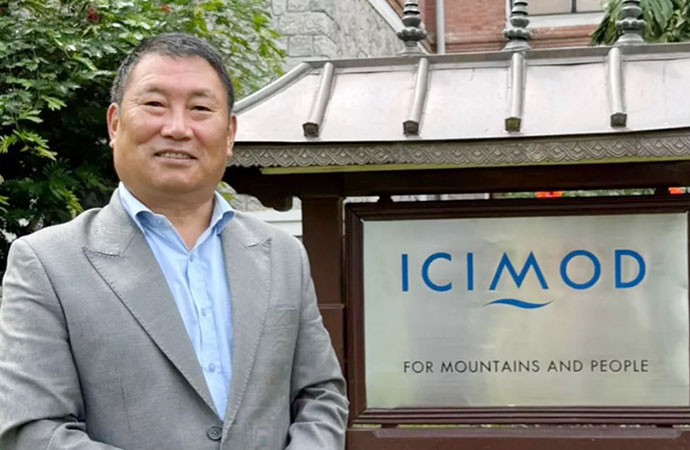
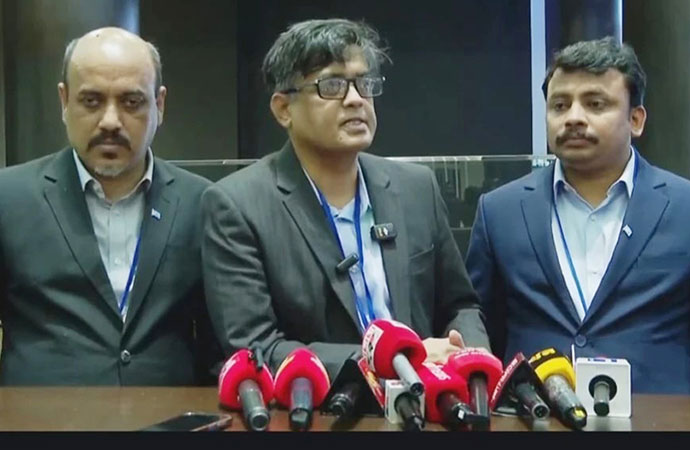
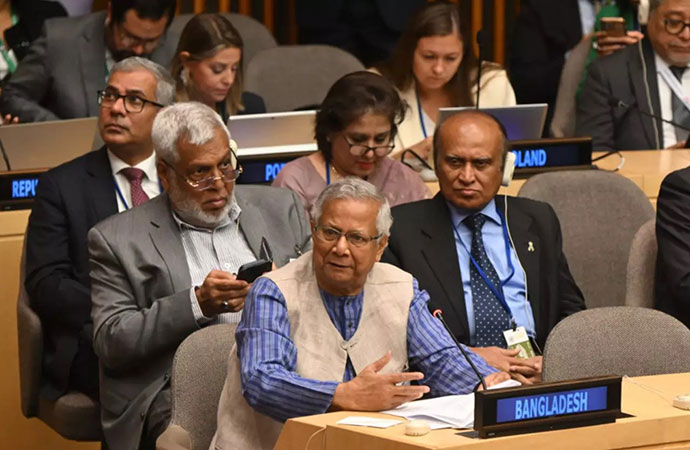
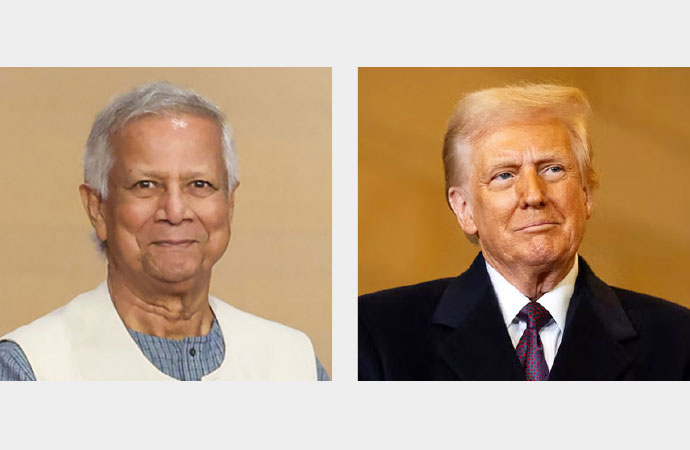
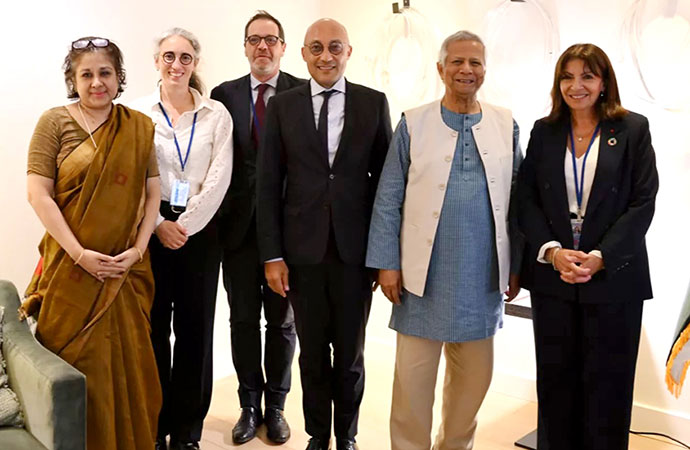
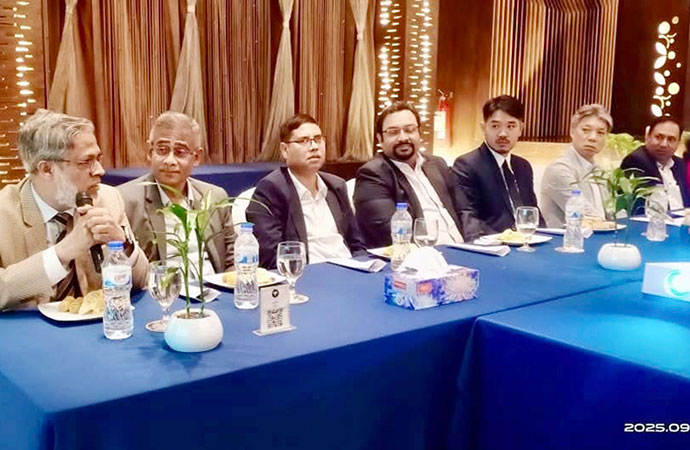
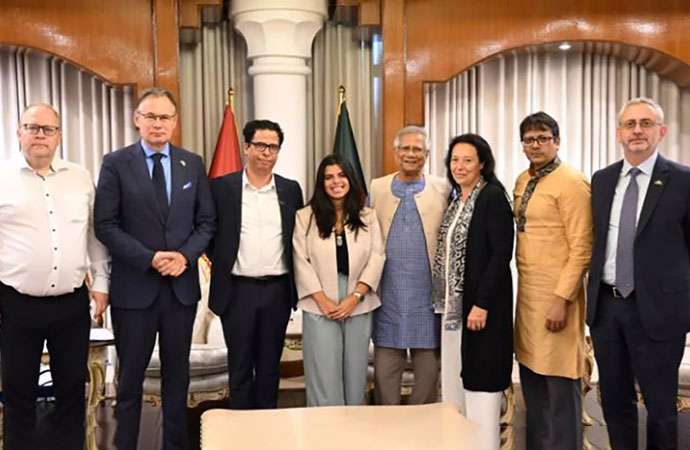
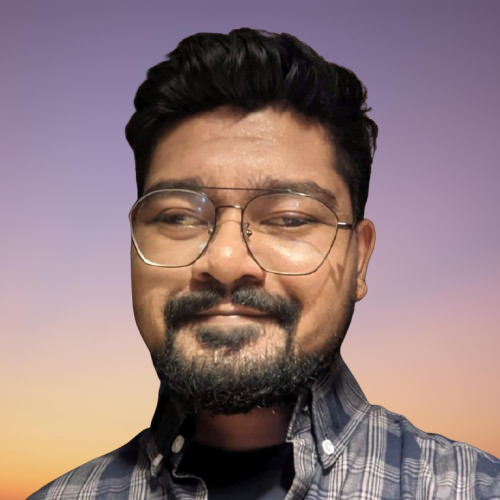
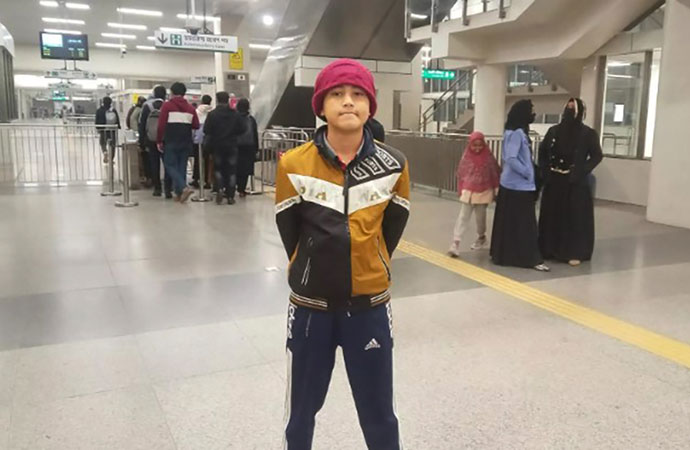

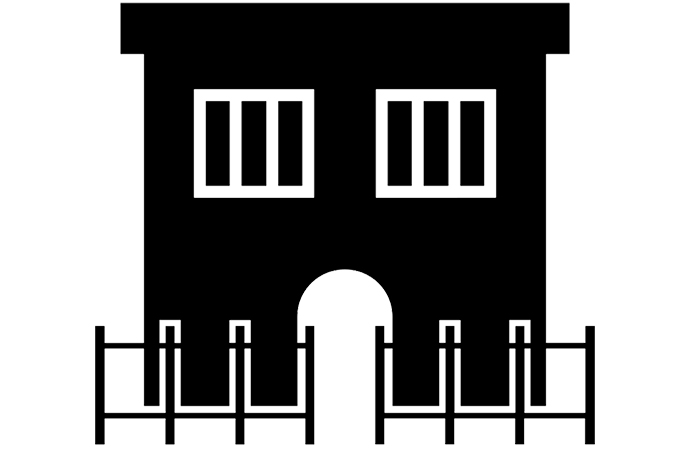
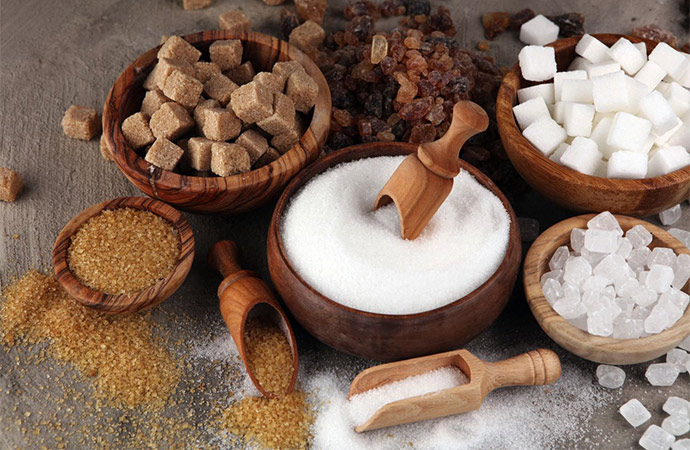
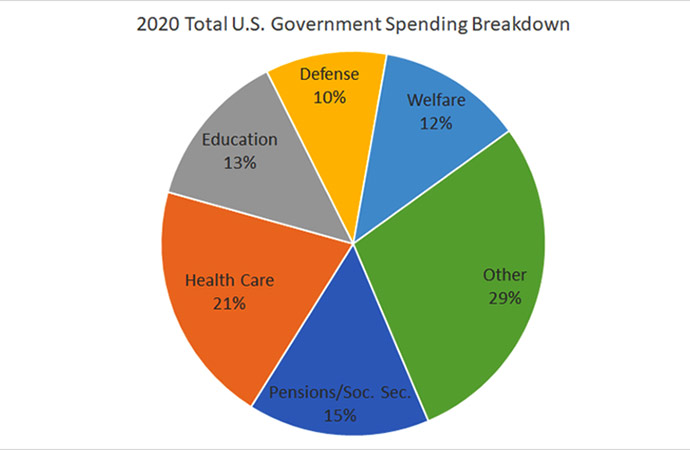
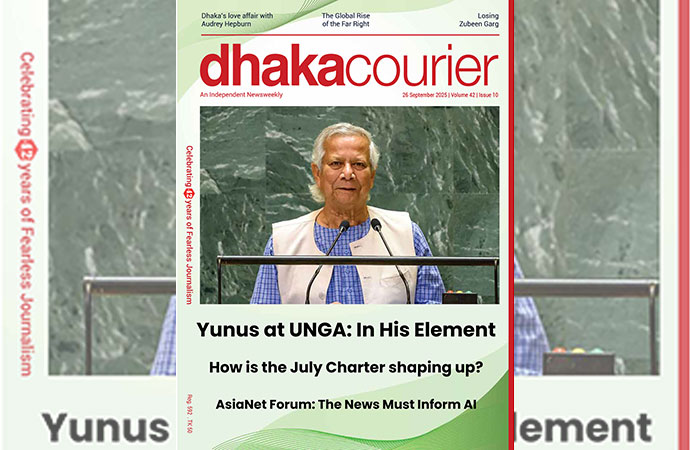
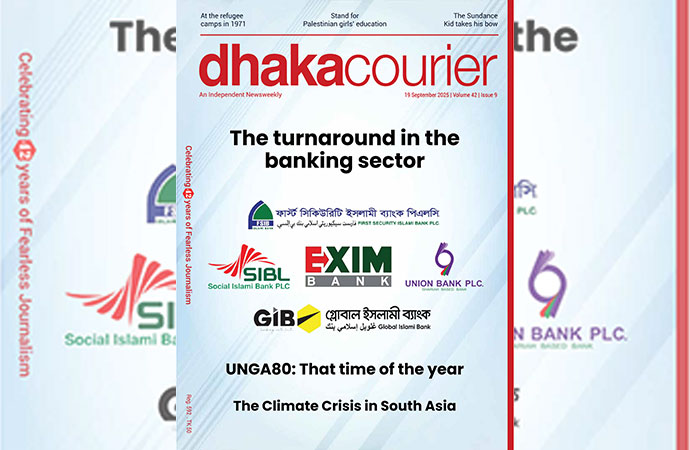
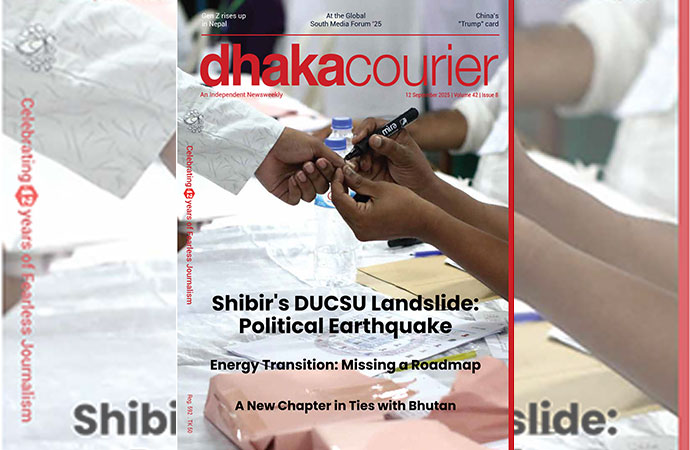
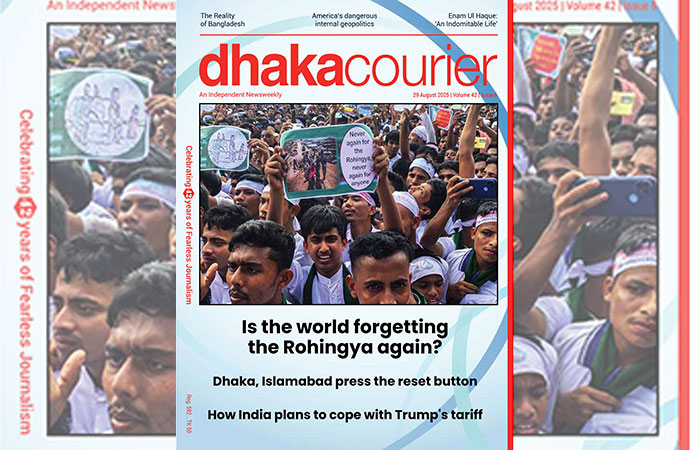
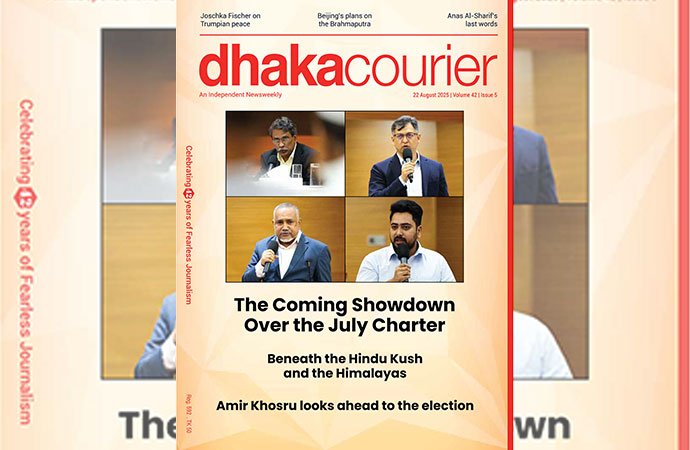
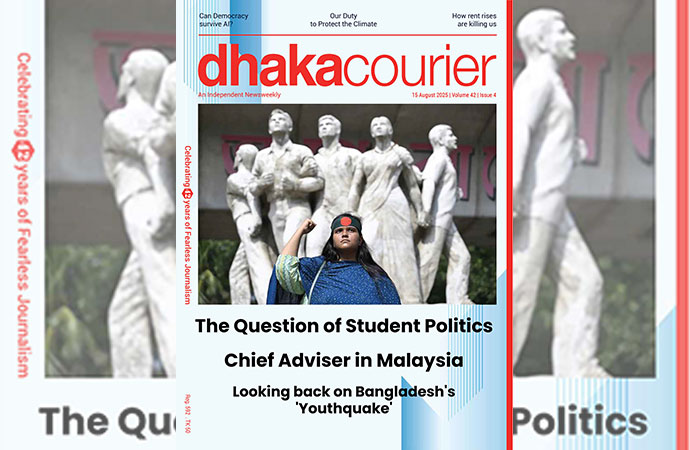
Leave a Comment
Recent Posts
Religion and Politics: A Toxic ...
At Dhaka University, cafeteria workers have been told not to wear shor ...
Enayetullah Khan joins AsiaNet ...
AsiaNet’s annual board meeting and forum was held in Singapore, ...
In a New York minute
Many leaders back a UN call to address challenges to ..
Defaulted loans at Non-Bank Financial Institutions ( ..
How the late Zubeen Garg embodied cultural affinitie ..